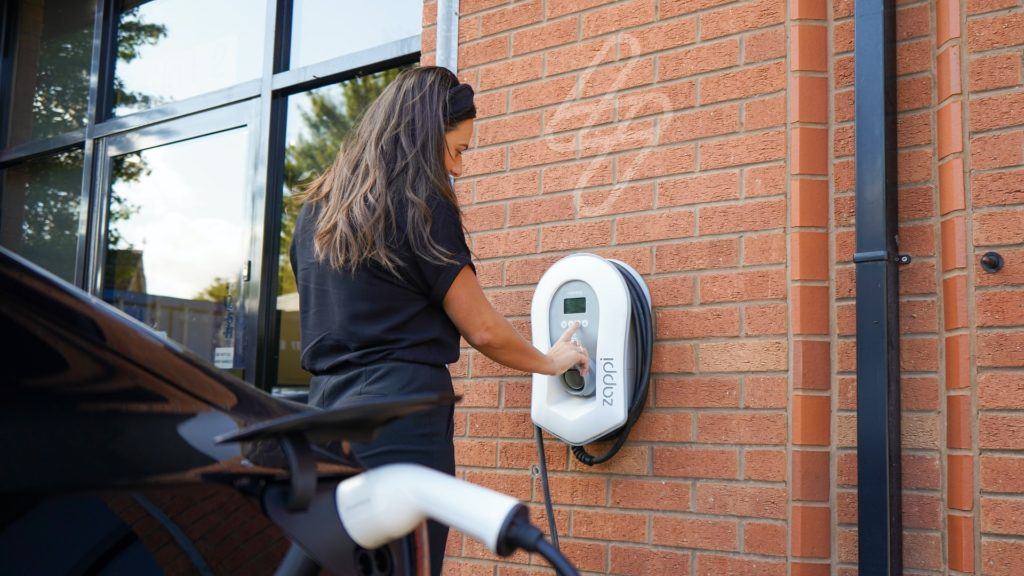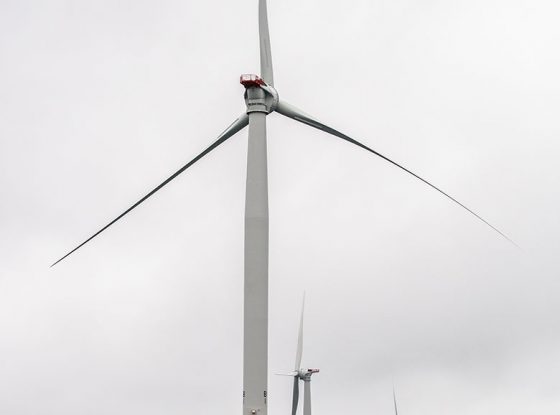Eight common questions about electric vehicles

Did you know that Canada’s first electric car was introduced in 1893? The ability to harness electricity was relatively new and was being applied to a bunch of new inventions.
Why did the true potential and benefits of electric-powered travel go unrealized until the past few decades? The rate of electric vehicle adoption has been surging since 2010.
Here are some answers to your questions about EV ownership and their environmental impacts.
Remember, the best way to lower your carbon footprint is to choose public transit, active transportation (e.g., bike, walk, board) or shared electrified travel. These options are also the most cost-saving, too!
ABOUT EVs
Are EVs a better environmental option?
EVs don’t emit tailpipe pollutants, and electric motors are much more energy-efficient than gasoline or diesel motors. EV emissions are even lower if the electricity source is renewable (e.g., solar, wind, hydro). Emissions from EV charging will drop even more as cleaner sources enter electric grids that now depend on fossil fuels.
One study found that even in Alberta, where most electricity comes from fossil fuels, EVs can reduce emissions intensity by 41 per cent.
Push your province to clean up the grid to get even greater benefits.
Can EV batteries be recycled?
A single EV car battery is made up of materials like manganese, graphite, nickel, cobalt and lithium. It can weigh 700 kilograms.
The batteries have an average lifespan of eight to 15 years. When no longer suitable for cars, they may find a second life storing power for the electric grid. EV batteries aren’t currently produced with recycled minerals because there is simply not enough supply. As EV adoption increases, recycling will likely improve.
Montreal-based Lithion Recycling has secured funding to build a lithium-ion recycling plant in Quebec. This is a great start, but until recycling facilitates receive high quantities of depleted batteries, demand for minerals is expected to continue to rise.
Isn’t EV manufacturing more destructive?
Manufacturing any vehicle has environmental consequences, from sourcing raw materials to building and shipping. EV manufacturers also need to procure and process lithium and other minerals, which has harmful impacts.
But unlike a gas-powered car, which pollutes all the way through to the end of its life, the average EV makes up for the higher environmental cost of its production within the first few years of ownership.
Don’t EVs cost more?
EVs often cost more to buy (for now) than gas-powered vehicles, but they save more on fuel and maintenance.
A 2022 Clean Energy Canada report compared six popular EV models with the ownership costs of gas-powered equivalents. It estimated the comparative costs over eight years for someone who drives 20,000 kilometres per year and pays $1.35 per litre for fuel (and fuel prices have risen since then). The electric car comes out less expensive than the gas alternative for every comparison. With gas prices rising, savings could exceed $2,400 per year.
Can EVs really go the distance of most trips?
EV ranges cover most day-to-day driving, and that’s improving. More than 15 EV models sold in Canada have ranges of more than 300 kilometres. Some vehicles can travel 600 kilometres per charge.
Does EV demand in Canada exceed supply?
In a 2019 survey, more than 60 per cent of respondents in Canada said they would eventually drive EVs. But lack of supply means wait times can be six to 18 months. This is expected to improve once federal regulations require manufacturers to sell a rising percentage of zero-emission vehicles. The auto industry continues to profit from selling gas-powered vehicles and is slow on investing in EVs.
Are there social justice issues with zero-emissions vehicles?
Electric vehicles are needed to achieve climate goals and improve air quality, but a one-to-one shift from gas to electric cars could challenge social justice goals. Communities that are often left behind will continue to be left behind if these inequities aren’t addressed.
Concerns have been raised that the EV transition could worsen environmental degradation and worker exploitation in the Global South, where most of the metals needed for batteries are mined. China processes the largest share of minerals associated with EVs.
Here at home, people with low incomes struggle to afford EVs despite rebates, while others face barriers because in the early years of rollout EV sales, along with the infrastructure to support them, were targeted at the affluent. EV charging for apartment dwellers remains a challenge as does access to charging stations for rural and remote communities.
Do EVs work in cold climates?
EVs do lose some range during extreme cold. Some studies have shown range loss to be no more than 30 per cent in some models while other studies of extreme cold have found it to be between 30 and 50 per cent. But plugging a modern EV in before driving heats the engine, similar to a block heater on a gas vehicle, which reduces range loss. EVs do not have problems starting in cold weather.
Gas-powered cars have their own challenges in cold weather. Cold weather can increase gas car fuel consumption by up to 28 per cent, reducing range and increasing fuel costs.
A lot about EVs is changing. If you’re interested in learning more, make sure you have the latest information. We’ll do our best to keep you up-to-date as improvements come on board.
Source : davidsuzuki.org



